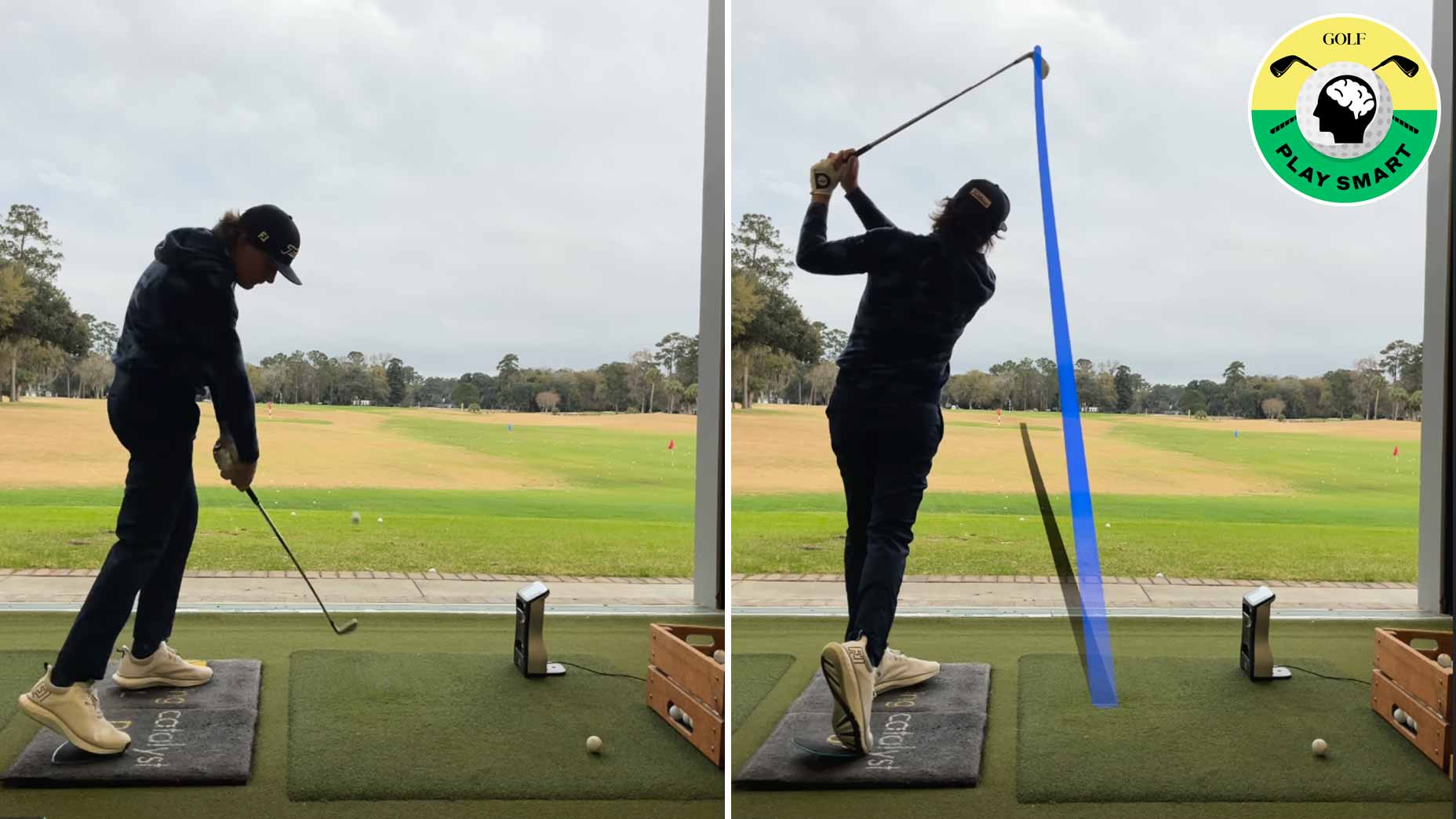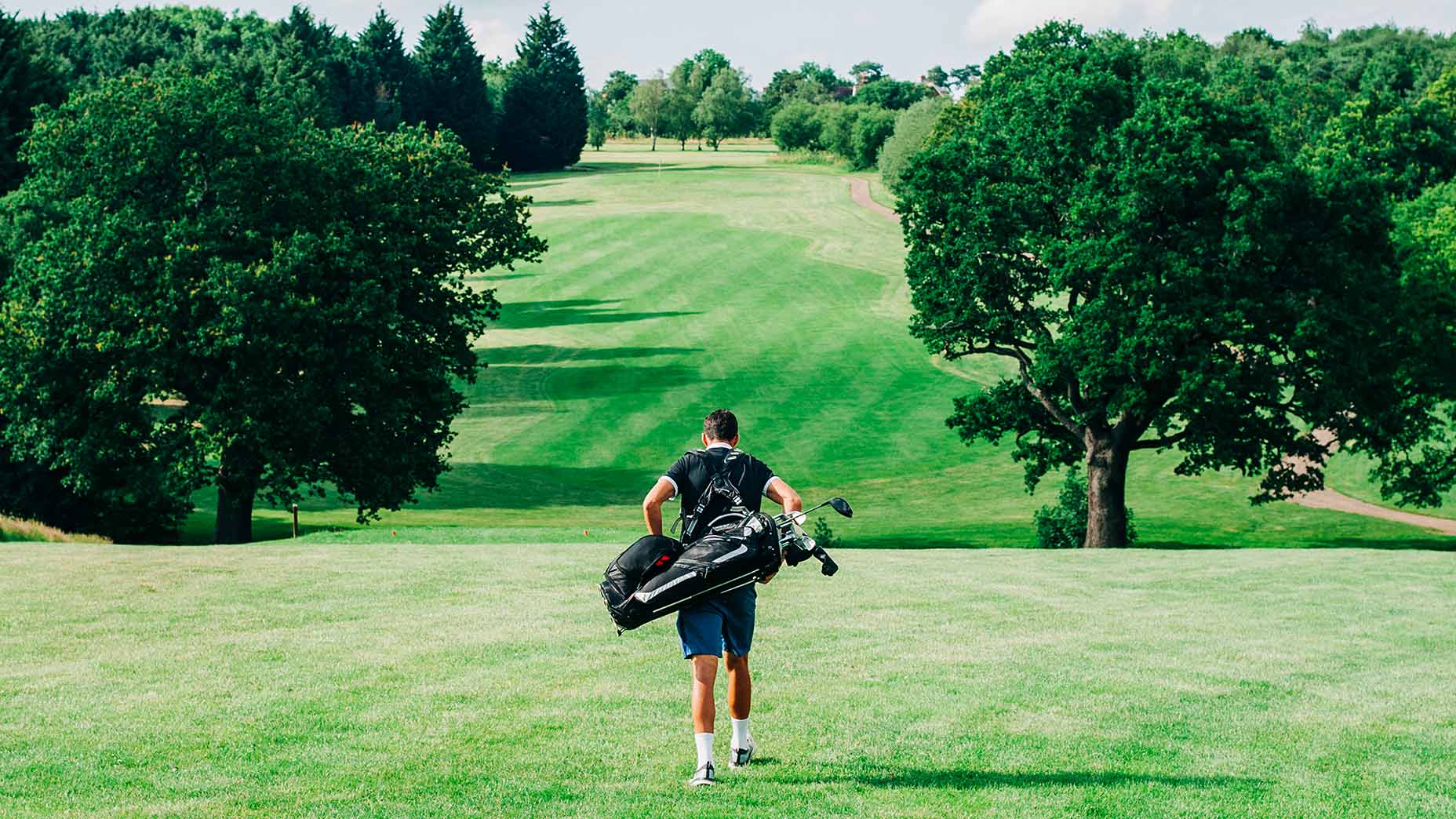Welcome to Play Smart, a regular GOLF.com game-improvement column that will help you play smarter, better golf.
Golf is a difficult — and complex — game. The best way to make it a bit easier is by making things simpler.
Think about the times you’ve played your best golf. You probably didn’t have too many thoughts running through your head, did you? Instead of a cloud of swing thoughts, your mind was in a state of zen. That’s not just a coincidence.
The best players in the world will tell you the same thing. When they are playing their best golf, they are keeping things simple. There’s a lesson in that for all of us. Golf is hard enough, so there’s no reason to make things complicated. If you want to play well, it’s best to keep things simple.
Simplify your green reading
Reading greens is one of the most important skills in golf. You can have the purest stroke in the world, but if you can’t read a green, you’ll never make putts.
Recreational golfers often make green reading more complicated than it needs to be. They’ll take any number of things into account when trying to read greens, and this over complication makes holing putts highly unlikely.
“Players, especially at the amateur level, always want to talk about how much the putt breaks,” says GOLF Top 100 Teacher Jason Baile. “That’s always going to be speed dependent. So there’s a series of questions you should ask yourself as you walk on the green.”
Those two questions are 1. Is the putt uphill or downhill? And 2. Does it break left or right? All you need to do when reading greens is answer those two questions.
“That’s all we need to know,” Baile says.
With those two questions answered, the only thing left to do is hit the ball with the correct pace. The correct line will vary depending on the speed you hit the putt with, so your speed is absolutely essential.
“If we’ve hit a good putt and we’ve read it correctly and the ball can always be slowing moving towards the hole, then we’ve hit a proper putt,” Baile says.
If you struggle with reading greens, take Baile’s advice and simplify things. Answer the two questions above and dial in your speed and you’re sure to make more putts.










